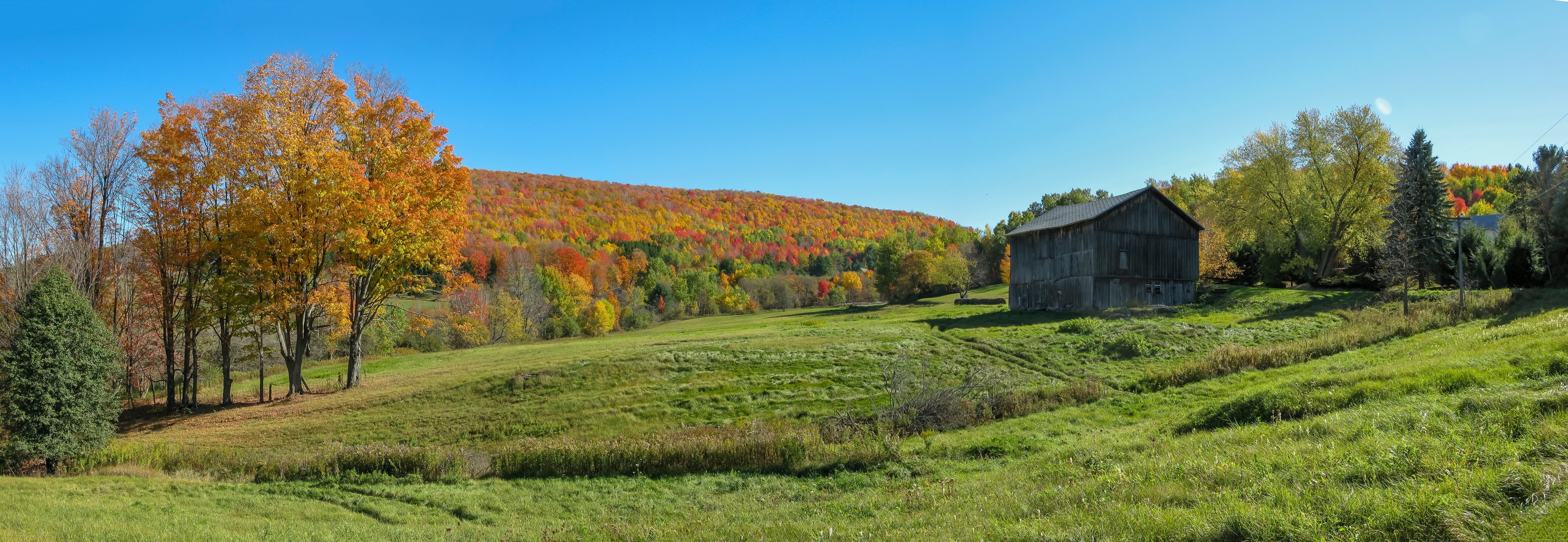Did you know...
While hydraulic fracturing, or fracking, has been in the news in recent years, the technology actually was first proposed in the 1940s.
The first viable well in the Appalachian Basin was drilled in 1975. It was a joint venture with the U.S. Department of Energy and private industry. The project included the first horizontal shale well and used seven individual hydraulically factured intervals to access the gas in the rock.

